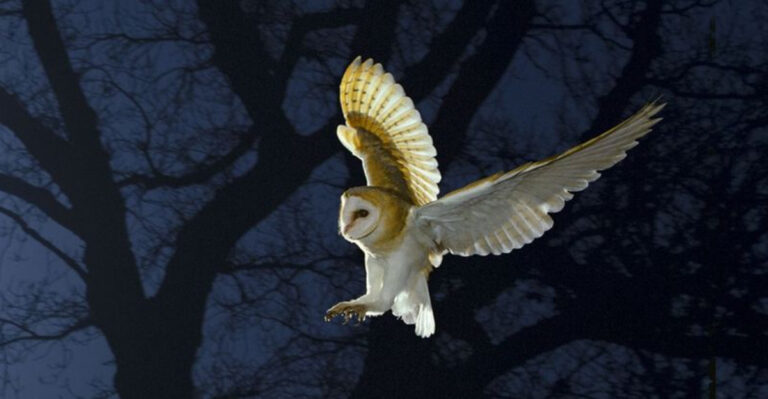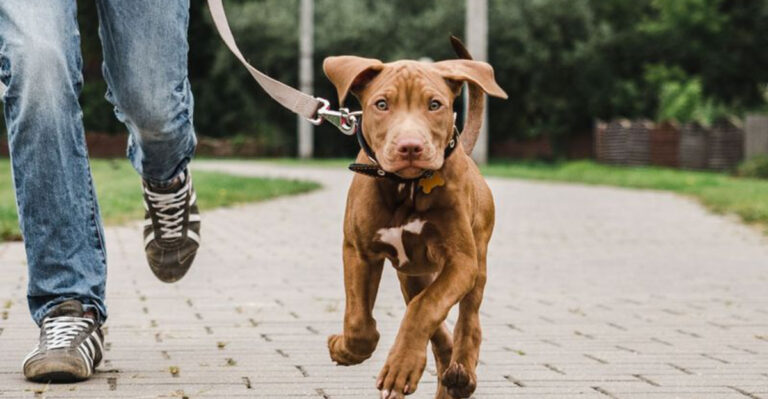11 Fascinating Facts About How Horses Shaped America
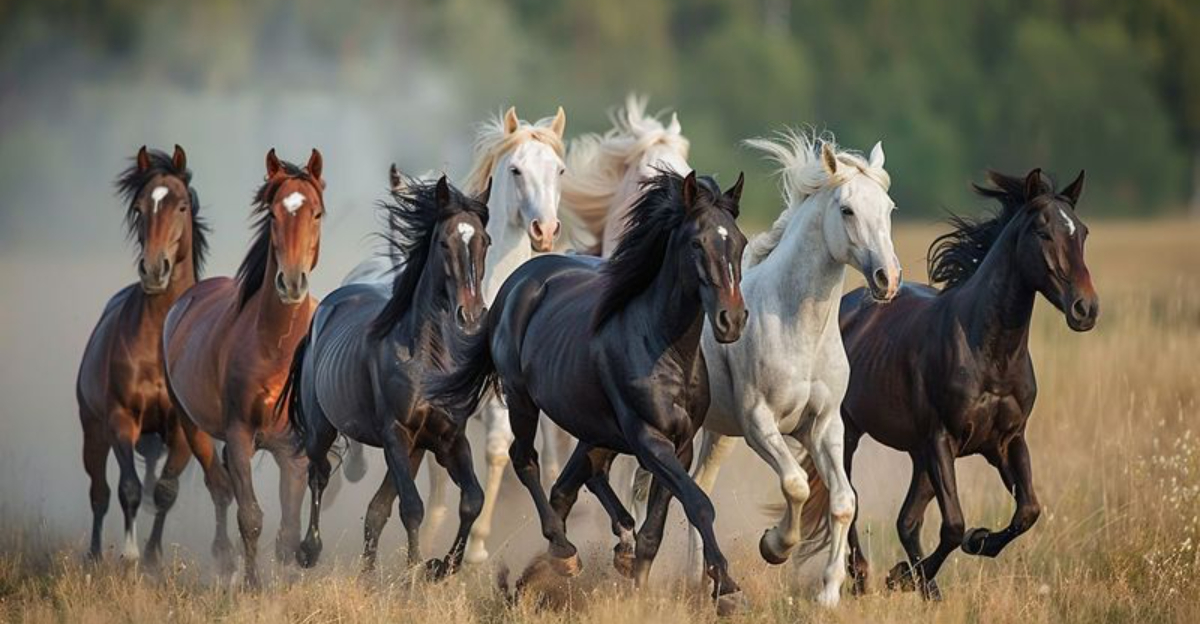
From the first European explorers to the Wild West, horses have been pivotal in shaping America’s history and culture.
Here are some captivating facts that highlight the profound impact horses have had on the development of the United States.
1. The Arrival Of Horses
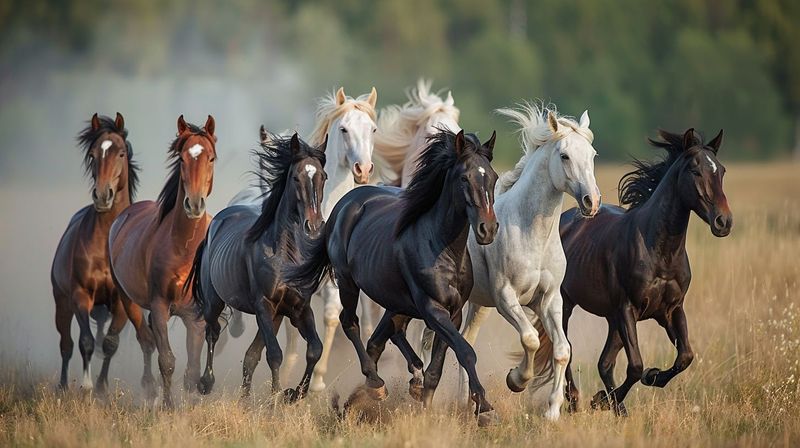
In the late 15th century, Spanish explorers brought horses to the Americas, revolutionizing transportation and warfare. Initially, native cultures had no concept of these majestic creatures, leading to awe and intrigue.
Horses provided a strategic advantage in battles, altering the balance of power between different tribes and European settlers. This newfound mobility allowed explorers to traverse vast landscapes, paving the way for future colonization and expansion across the continent.
2. The American Mustang

Descendants of Spanish horses, mustangs became symbols of the untamed spirit of the American West. These resilient animals adapted to the harsh environments of the plains, surviving without human intervention.
Mustangs played a crucial role in the lives of indigenous peoples and settlers, providing labor, transportation, and companionship. Their presence in the wild continues to inspire conservation efforts and reflects the enduring legacy of America’s pioneering spirit.
3. Horses In Native American Culture
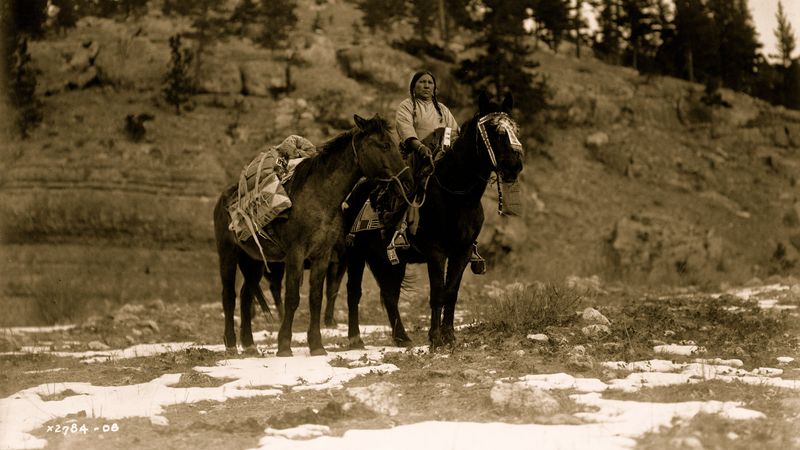
Horses transformed Native American societies, drastically changing their way of life. Once introduced, tribes like the Comanche and Sioux became formidable horse cultures, mastering horseback riding and breeding.
Horses enhanced hunting abilities, particularly in buffalo hunts, and became integral to social status and trade. This deep bond with horses remains a significant cultural heritage among Native American communities.
4. The Pony Express
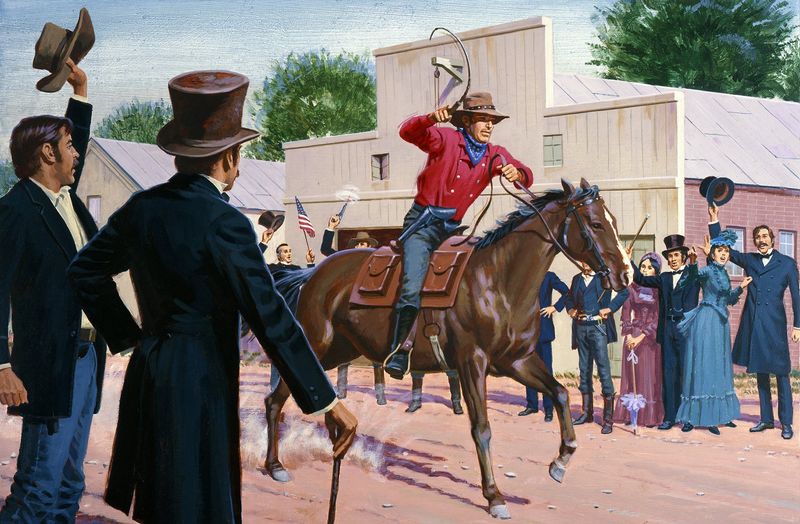
Established in 1860, the Pony Express was a groundbreaking mail service that relied on a relay of riders and horses to deliver messages across 1,900 miles. It connected California to Missouri in just 10 days!
Though short-lived, the Pony Express demonstrated the critical need for communication across the growing nation. The adventurous spirit of its riders became legendary, embodying the bravery and endurance of both humans and horses.
5. Horses In Farming

Before tractors, horses were indispensable to American agriculture, powering plows, harvesters, and other farm equipment. Their strength and endurance enabled farmers to cultivate larger areas than ever before.
This agricultural boom supported population growth and urbanization, forming the backbone of the country’s economy. Horses remained vital to farming communities until they were gradually replaced by machines in the 20th century.
6. Horses In The Civil War
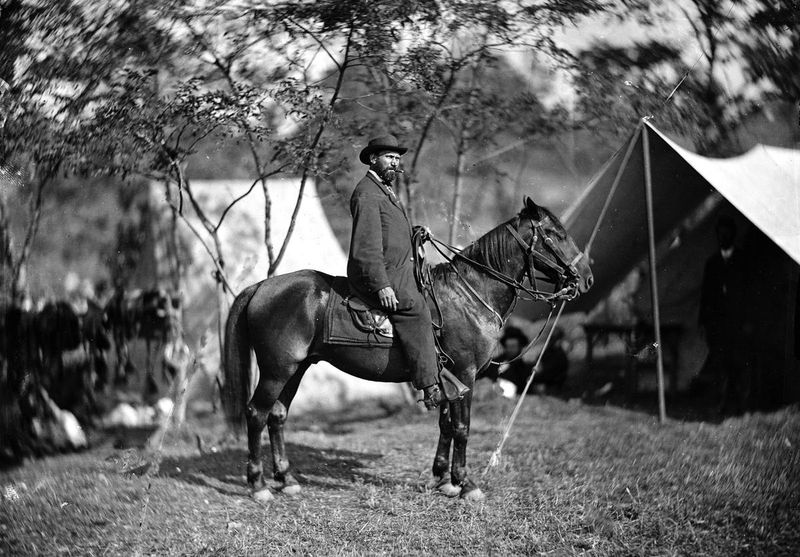
Horses were instrumental in the Civil War, serving as mounts for cavalry and transporting troops and supplies. They provided mobility and strategic advantages during battles.
Both the Union and Confederacy relied heavily on horses, making them indispensable to military operations. The war took a heavy toll on equine lives, highlighting their sacrifice and importance in one of America’s most defining conflicts.
7. The Rise Of Horse Racing
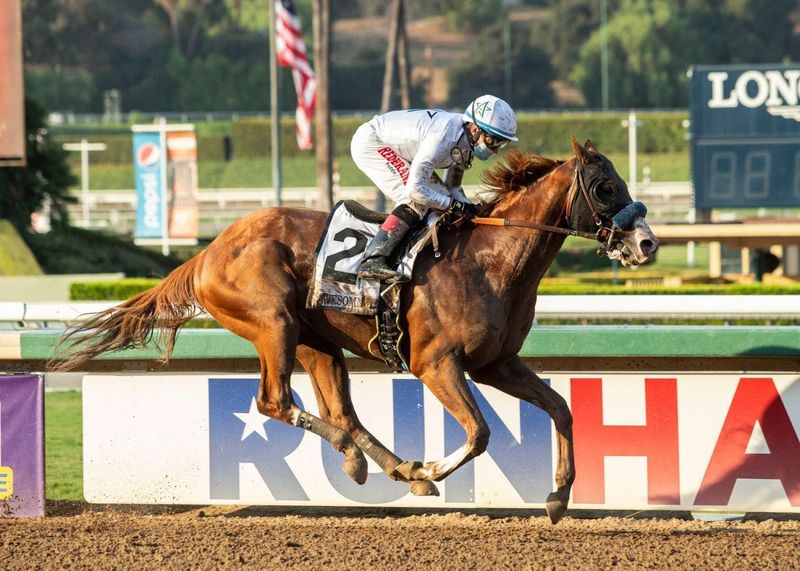
Horse racing emerged as a major sport in America in the 19th century, captivating audiences and encouraging breeding of racehorses. Tracks like Saratoga and Churchill Downs became iconic venues.
This sport fostered a culture of competition and entertainment, leading to the development of thoroughbred racing. It remains a celebrated tradition, entwining horses with American sports history and leisure.
8. Horses And The Industrial Revolution

During the Industrial Revolution, horses were crucial in urban environments, pulling carriages, trolleys, and early public transport systems. Their role supported burgeoning cities and industry.
Despite the rise of automobiles, horses remained integral to city life, facilitating the movement of people and goods. Their contributions underpin the foundation of modern urbanization and transportation networks.
9. The Influence On Art And Literature

Horses have been immortalized in American art and literature, embodying themes of freedom, power, and grace. Artists like Frederic Remington captured the dynamic essence of horses in the Wild West.
In literature, horses feature prominently in tales of adventure and exploration, symbolizing the frontier spirit. Their portrayal in various art forms continues to evoke the imagination and celebrate their cultural significance.
10. Horses In Rodeo Culture
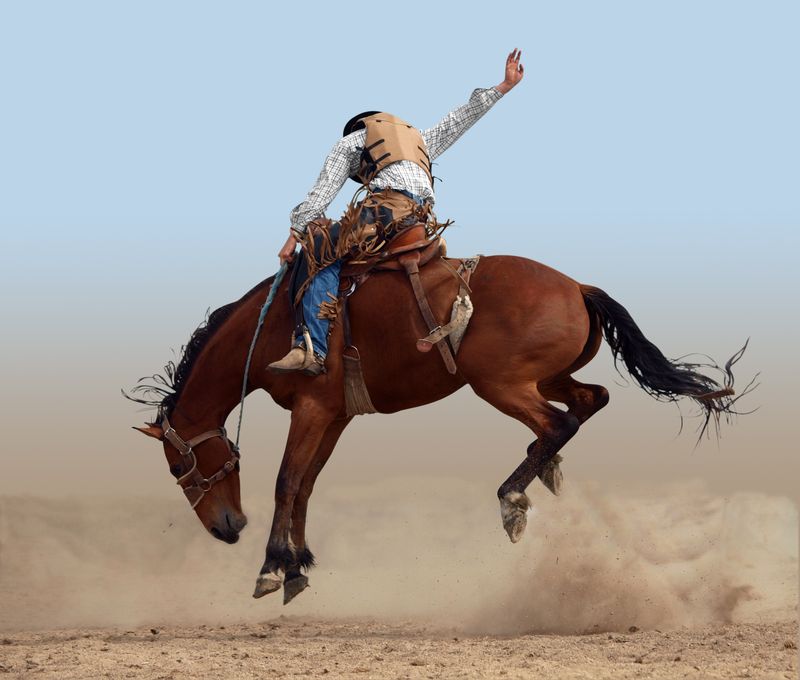
Rodeo culture, emerging in the late 19th century, highlights the enduring bond between horses and humans. Events like bronc riding and barrel racing showcase horses’ agility and strength.
Rodeos preserve cowboy traditions and the skills required for cattle herding, offering entertainment and cultural preservation. Horses remain central to these events, embodying the rugged spirit of the American West.
11. Horses In Modern Therapy
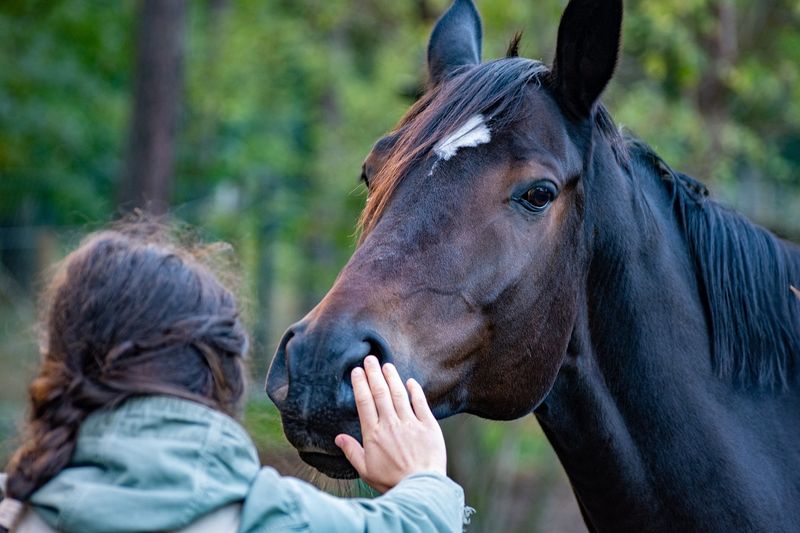
Today, horses are valued in therapeutic settings, helping people with physical and emotional challenges. Equine-assisted therapy fosters trust, communication, and confidence.
Horses’ gentle nature and responsiveness make them ideal for therapy, aiding in mental health treatment and rehabilitation. This modern application underscores the timeless connection humans have with horses, offering healing and companionship.





